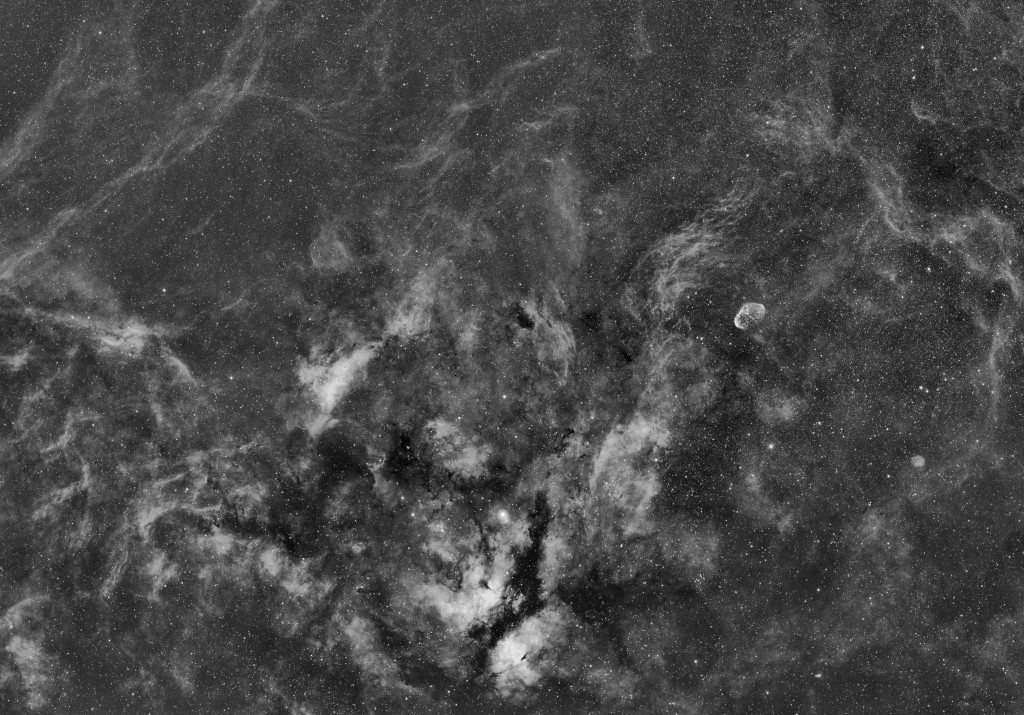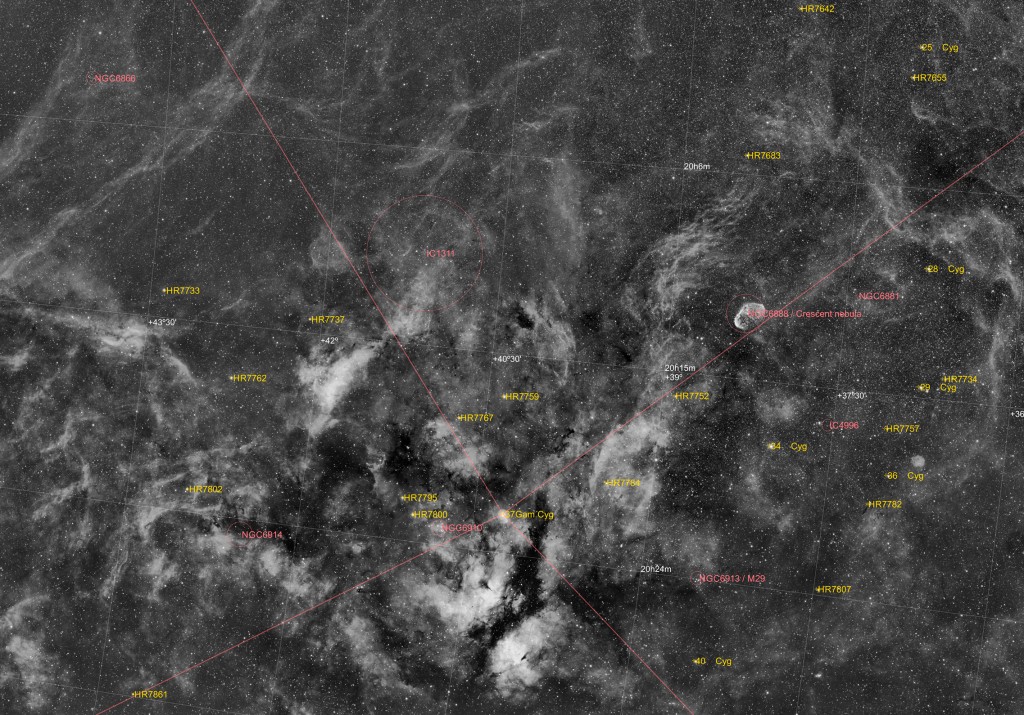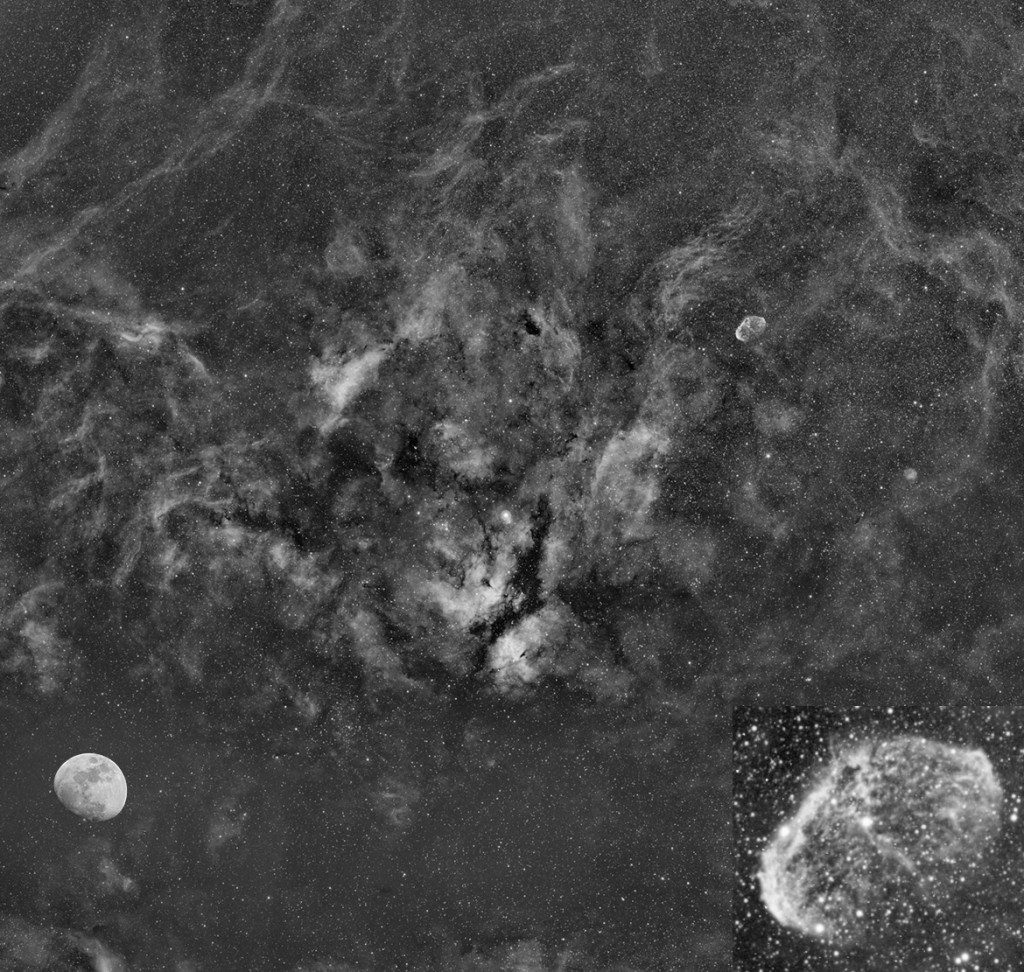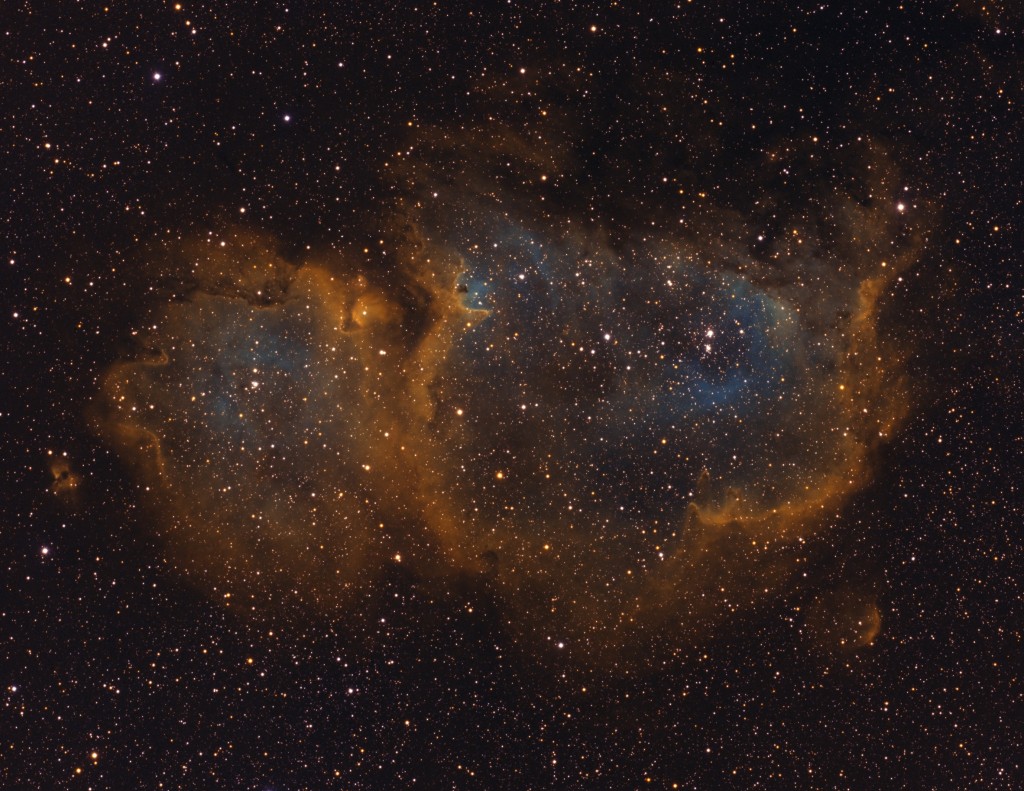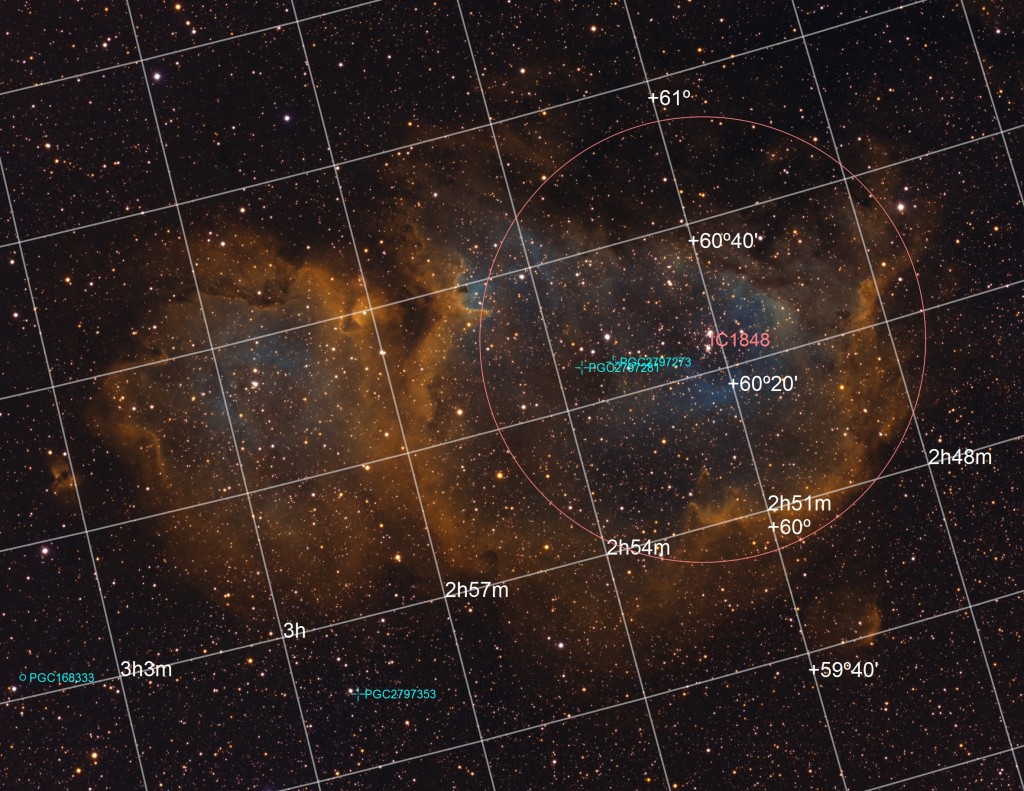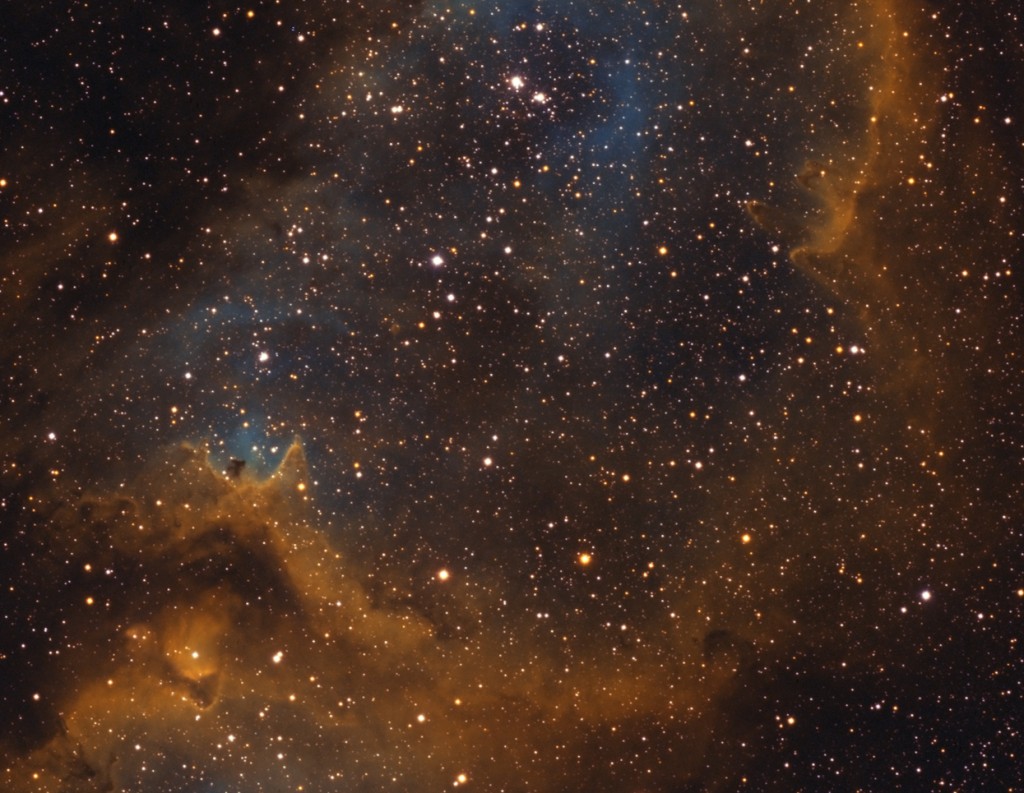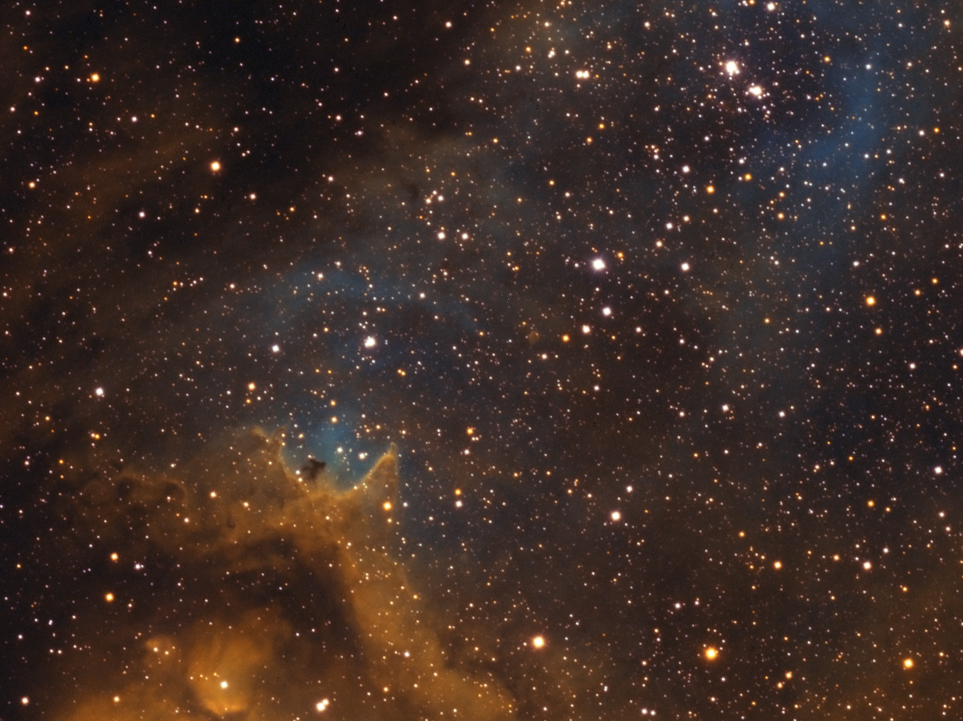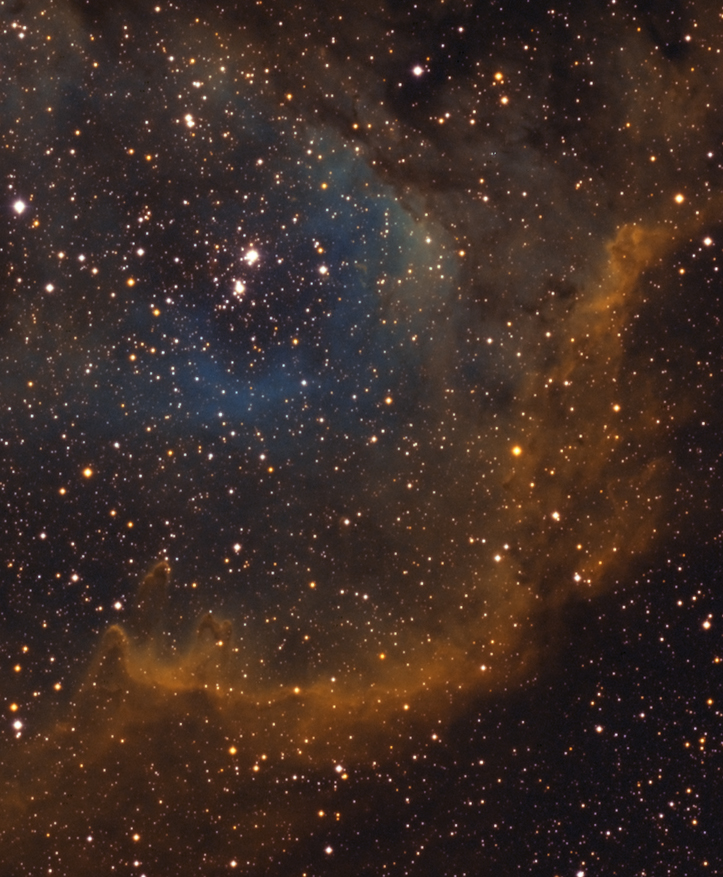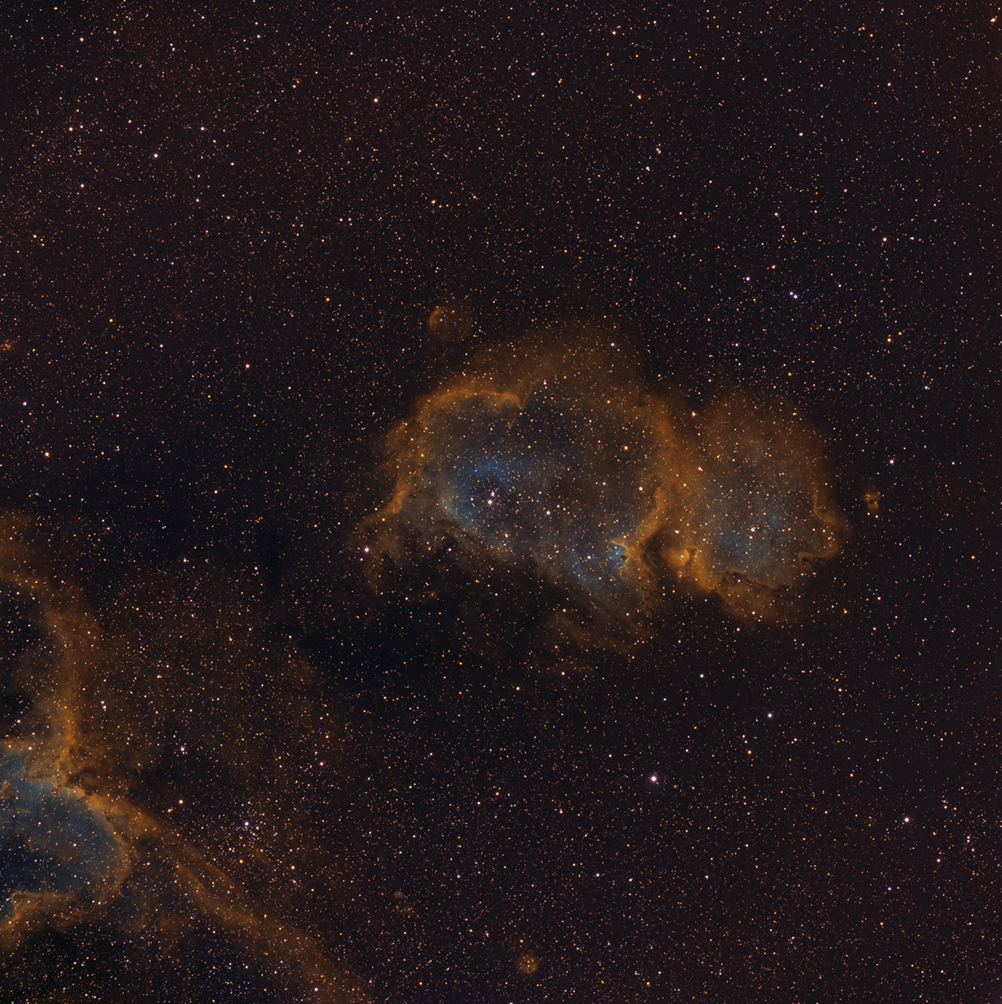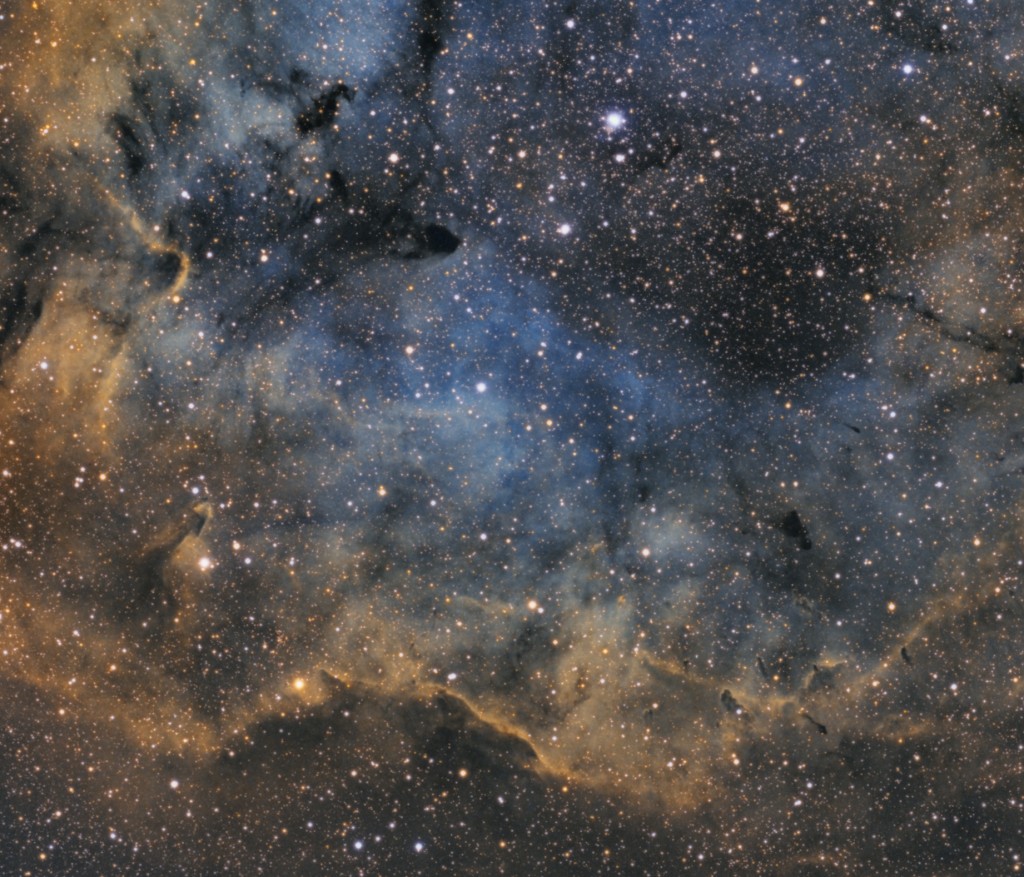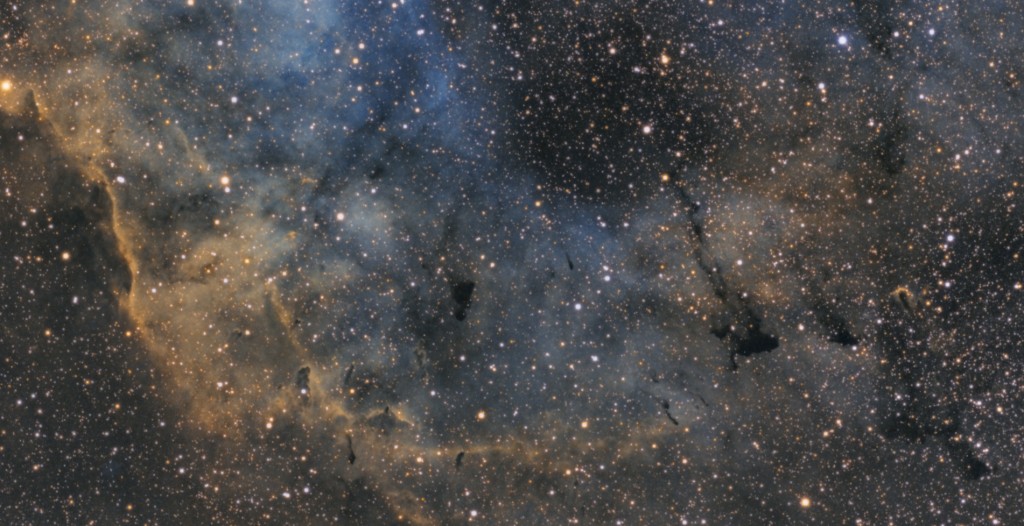I made the 13 hour trip up to Cherry Springs State Park for the Annual CSSP Star Party hosted by the Astronomical Society of Harrisburg PA, Inc. I went up a few days before the star party since it’s always helpful to get a good spot. Those of us that were there early on Monday night were treated to a fabulous night with SQM measurements >21.9! Overall it was an amazing streak of clear weather for PA with a total of 4 imaging nights. I was hoping for one or two so as not to set my expectations too high so I was very pleased with four nights!
I even did a little visual at low power with a 4″ refractor. LDN 1795 (large 50’x50’dark nebula in Scorpius) looked absolutely amazing to me at 19X. First time I had a WOW moment visually.
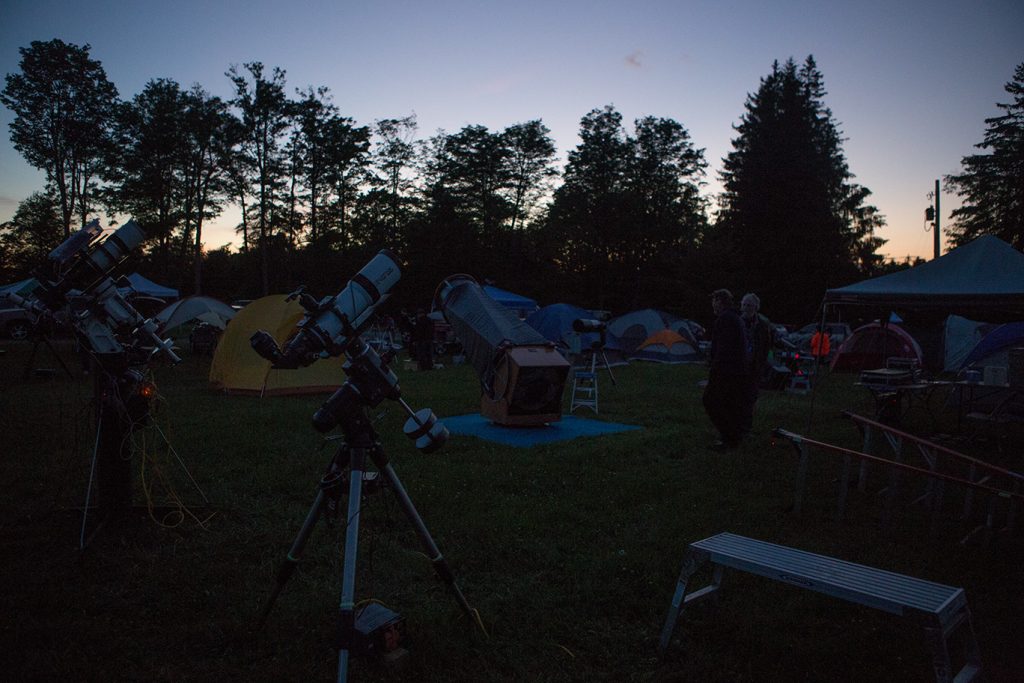
Waiting for Darkness
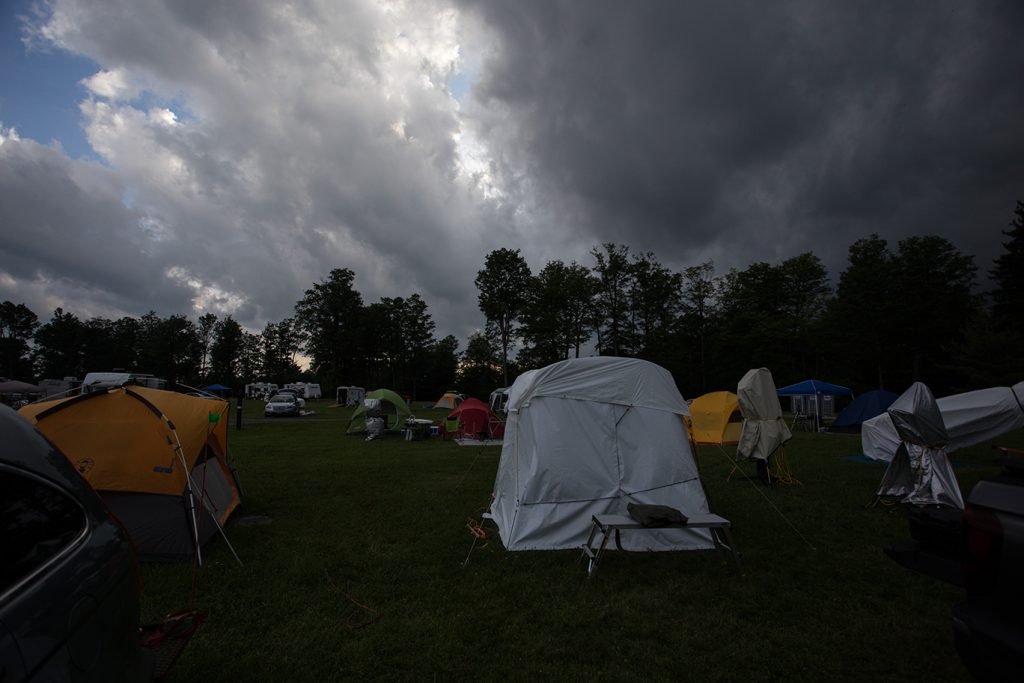
Just Some Slightly Concerning Weather Passing Through
Everything is buttoned up and locked down. Luckily it skirted us to the North.

Rho Region
Canon 6D @ ISO 3200
Canon 70-200mm f/2.8 @ 5.6

B312 on the Edge of Sagittarius and Scutum
Canon 6D @ ISO 3200
Canon 70-200mm f/2.8 @f/4
8x240sec Exposure

M8 & M20 Nestled Among the Stars
Canon 6D @ ISO 3200
Canon 70-200 f/2.8 @ f/4
10x240sec total exposure

CSSP 2018 Milky Way
Canon 6D @ ISO 3200
Canon 17-40mm f/4 @ f/6.7 and 37mm
1 x 240 seconds

The North American Nebula And The Pelican
Canon 6D @ ISO 3200
Canon 70-200mm f/2.8 @ f/4.5
10x240sec exposure

The Cave Nebula
Tak FSQ-106ED
SX-46 w/ Maxi Wheel and Lodestar OAG
AP900GTO Mount
6.5 Hours Exposure Time over two nights

The Cocoon Nebula
FSQ-106ED
SX-46 w/ Maxi Wheel and Lodestar OAG
AP900GTO
3 hours total Exposure

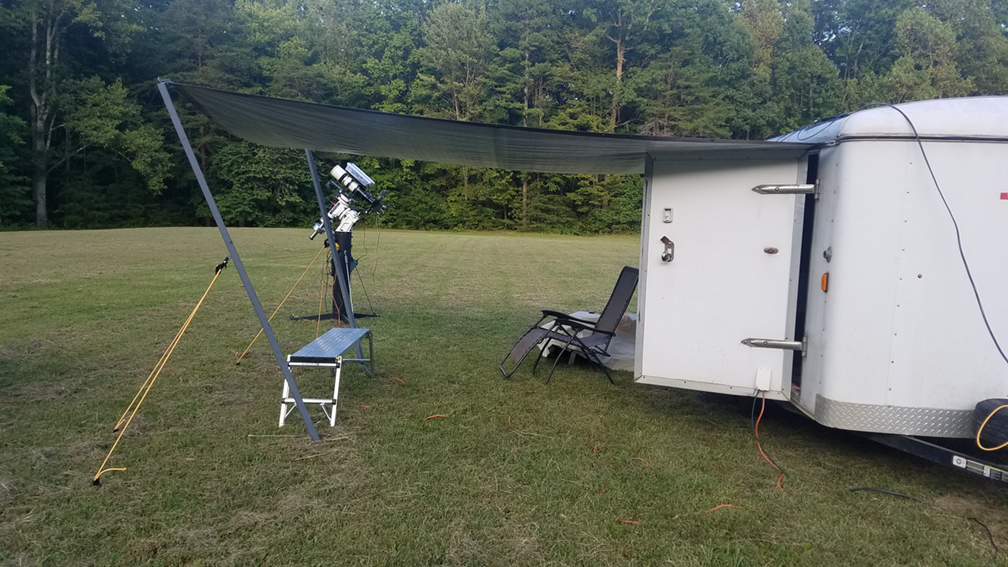
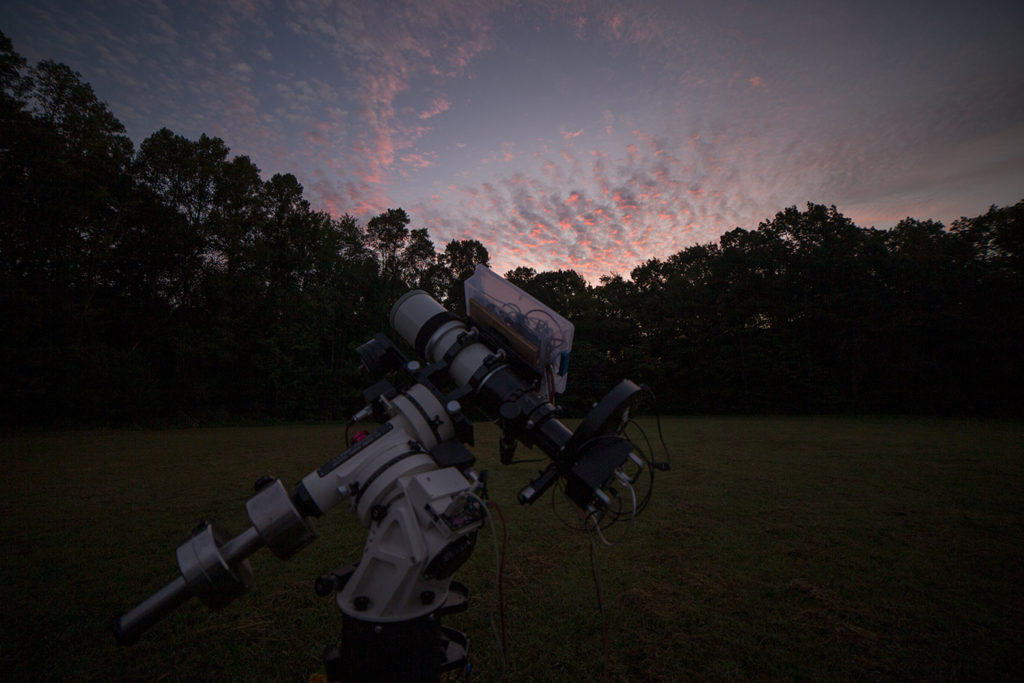
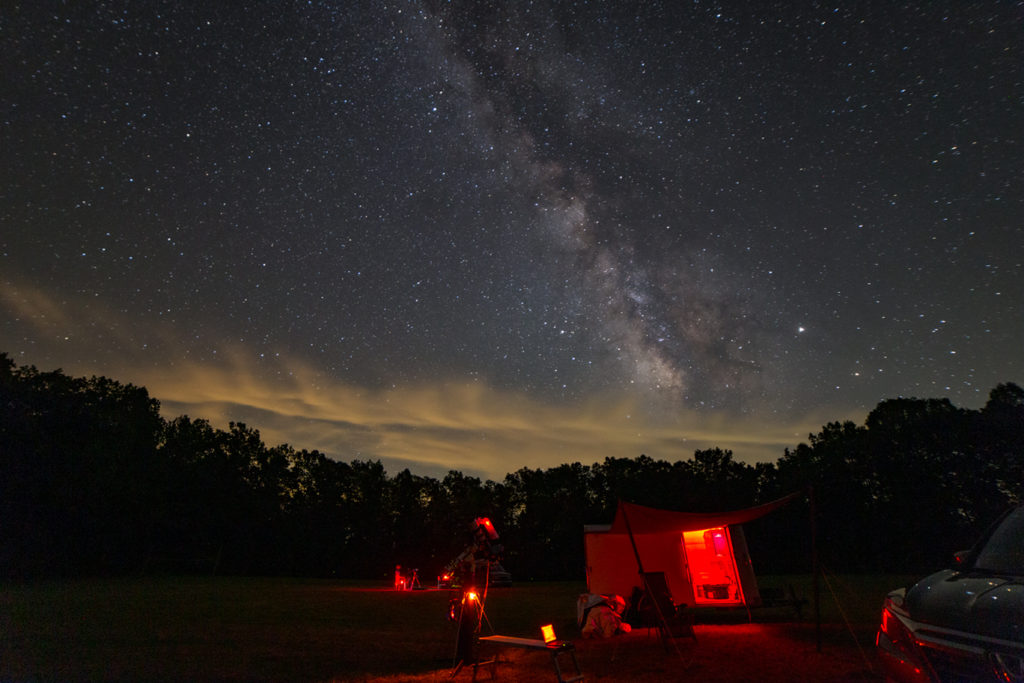
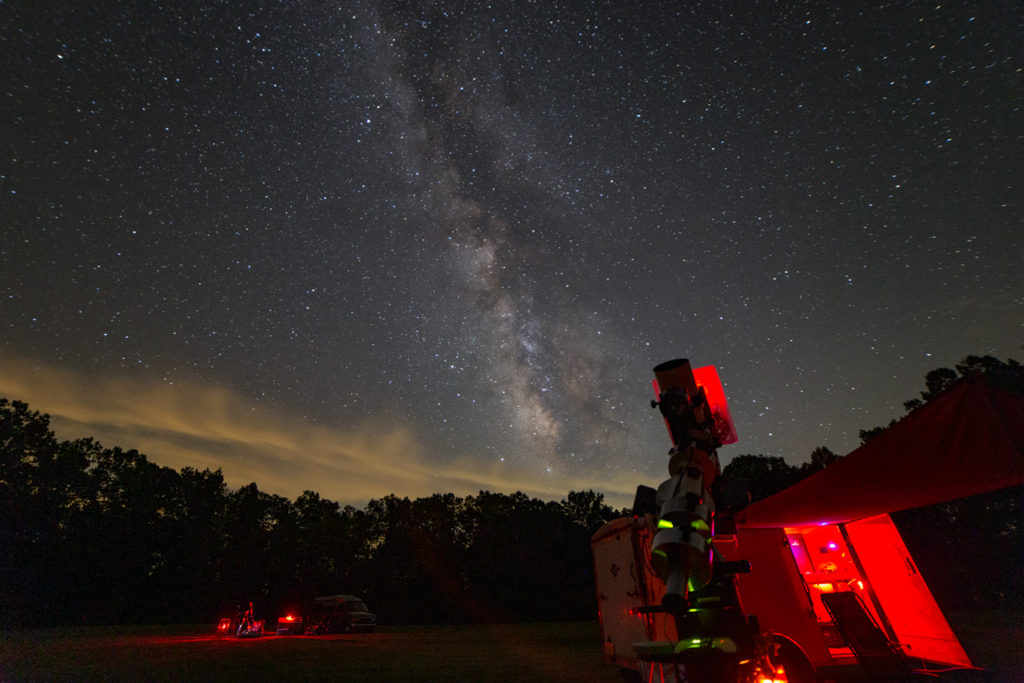
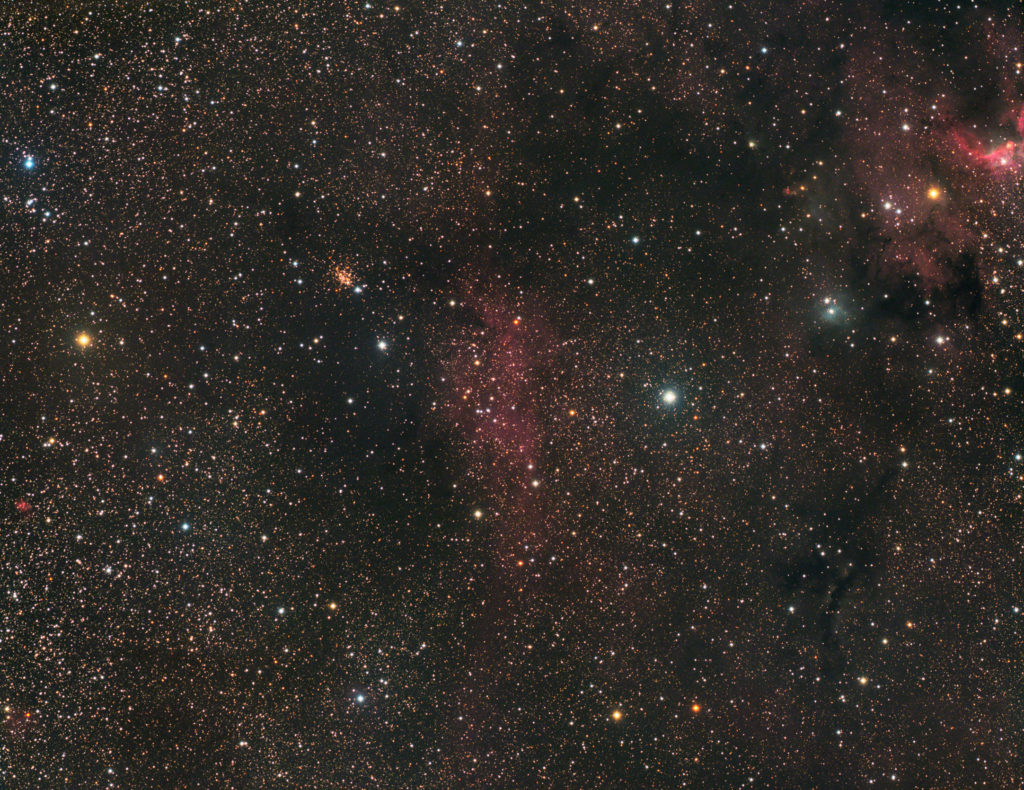
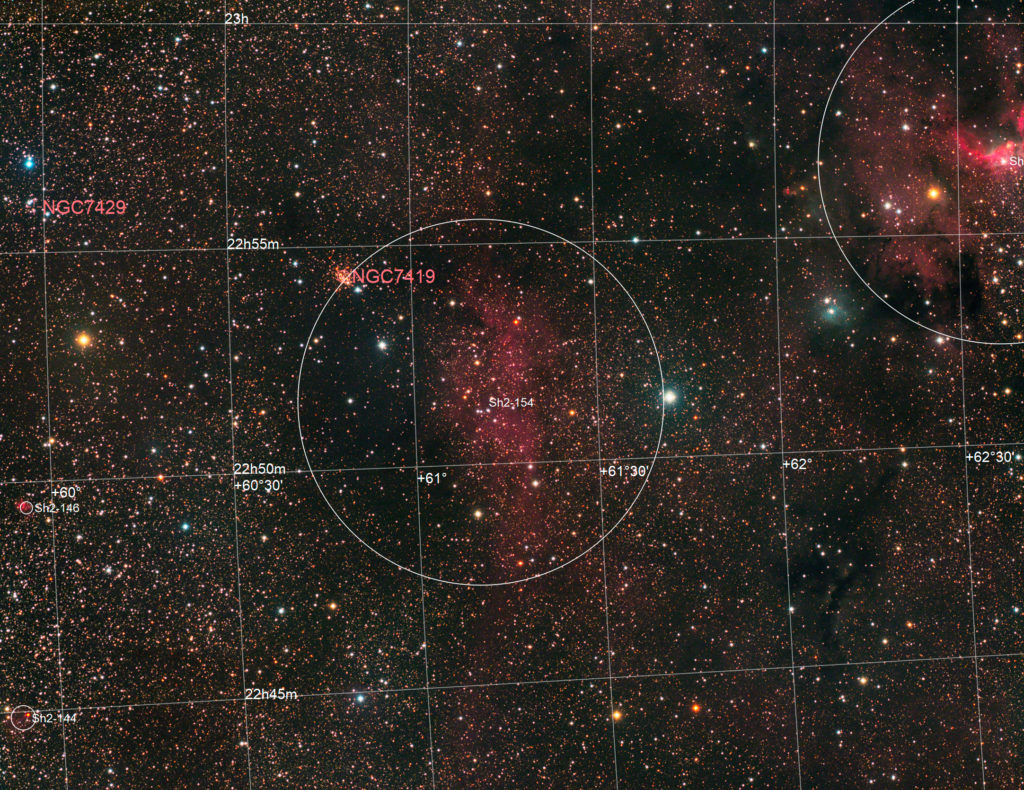
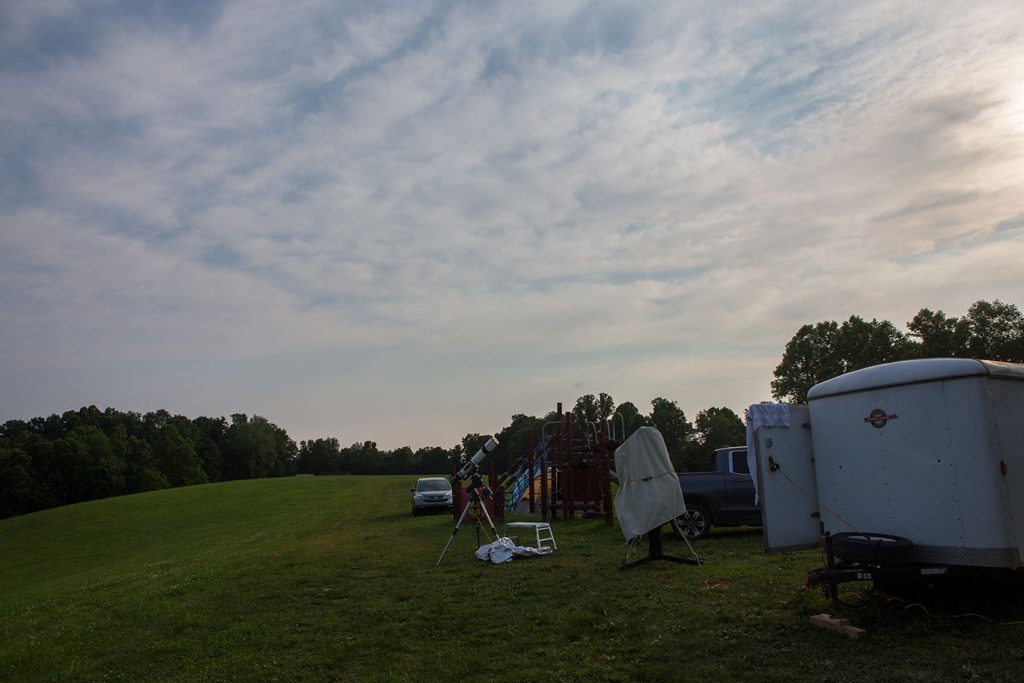
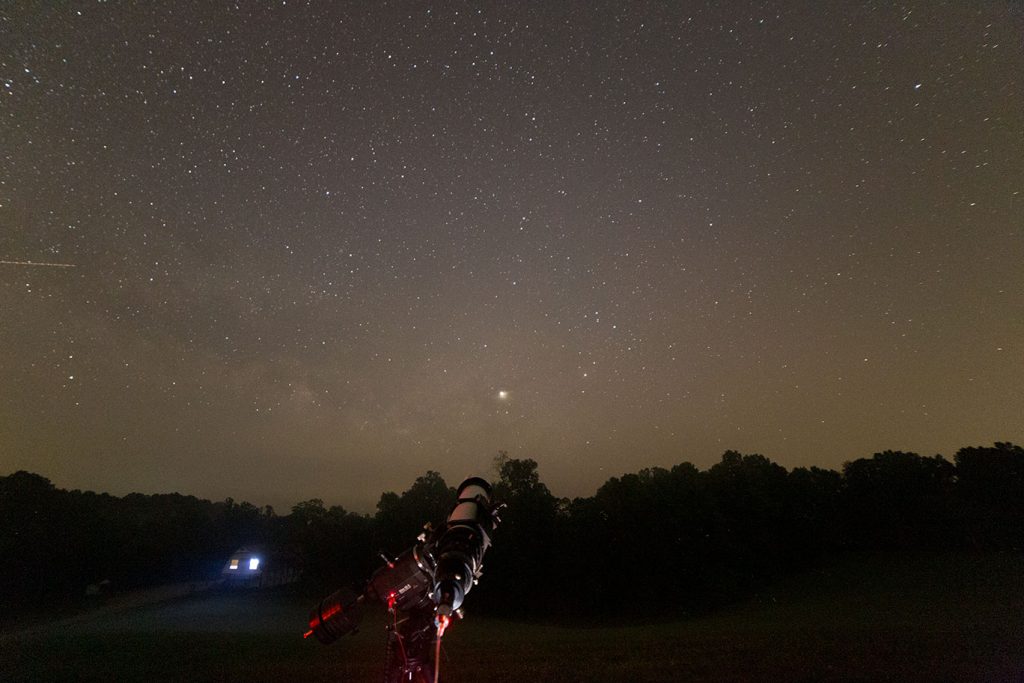
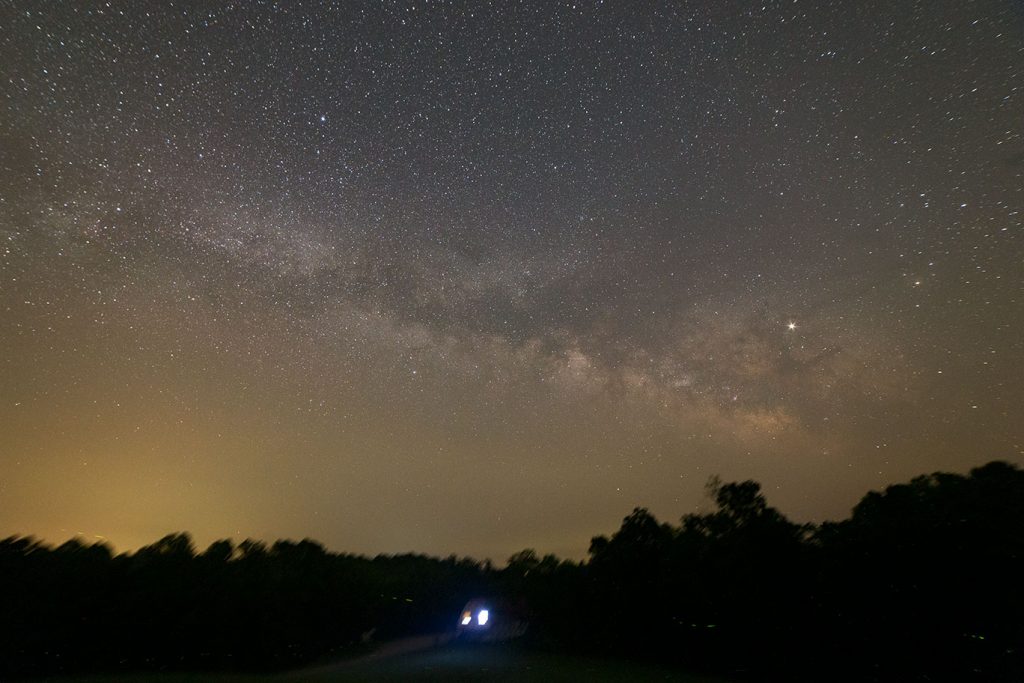
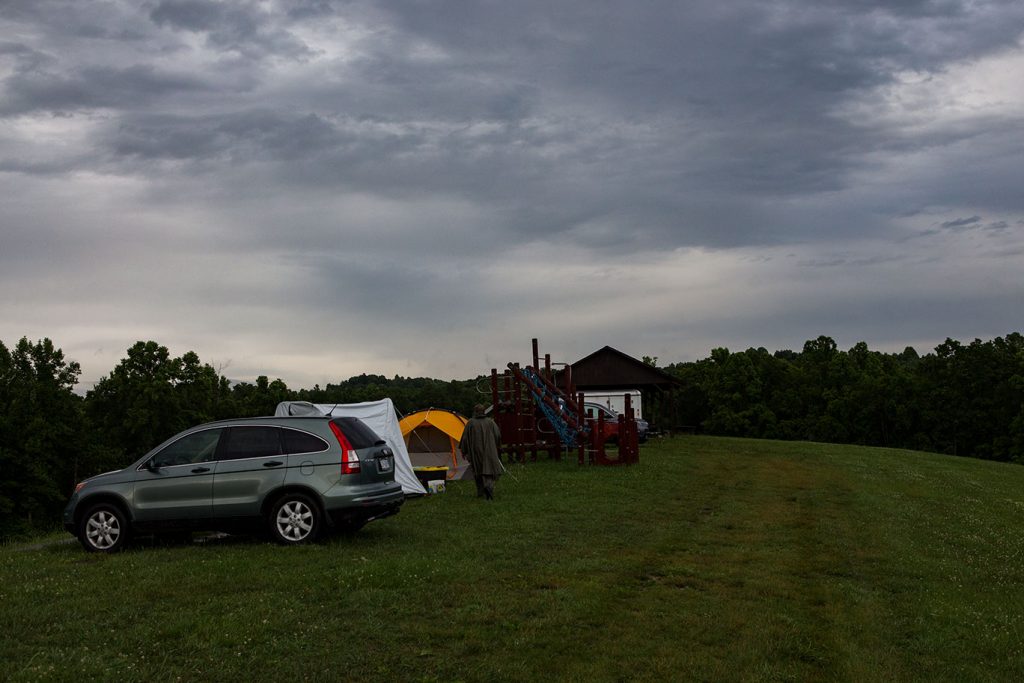
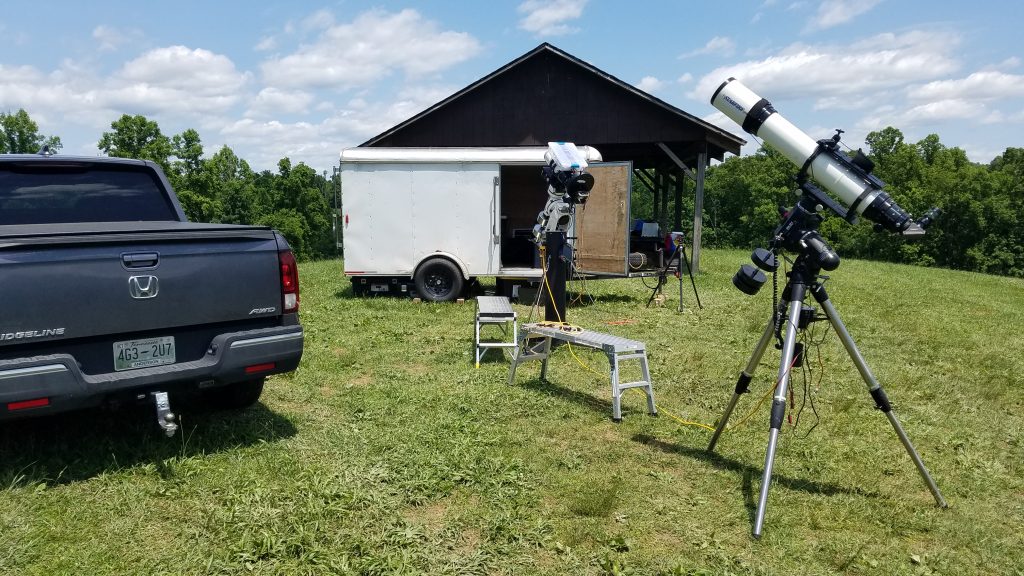
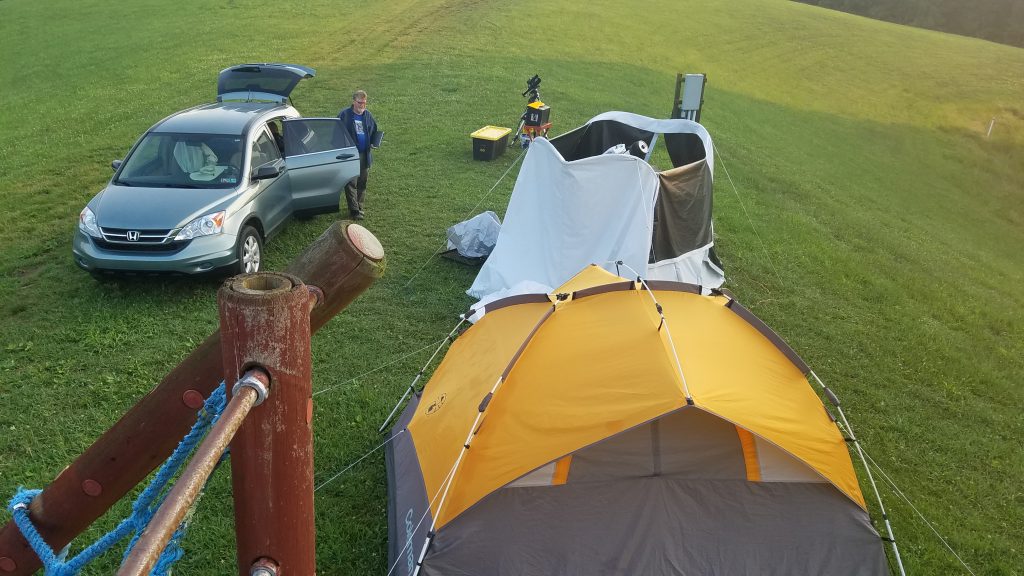
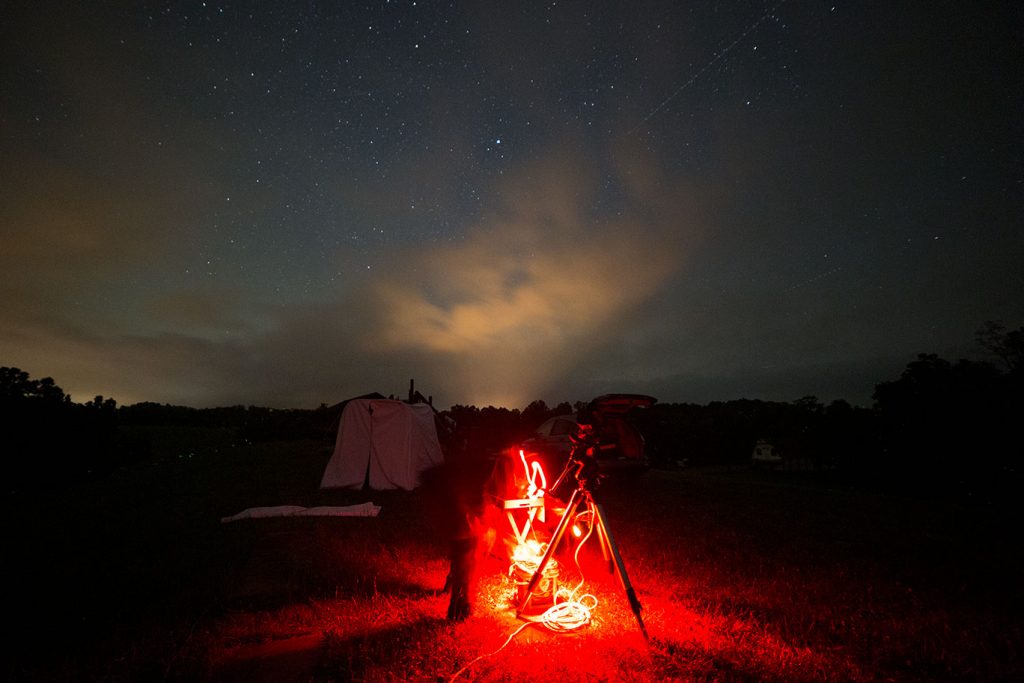
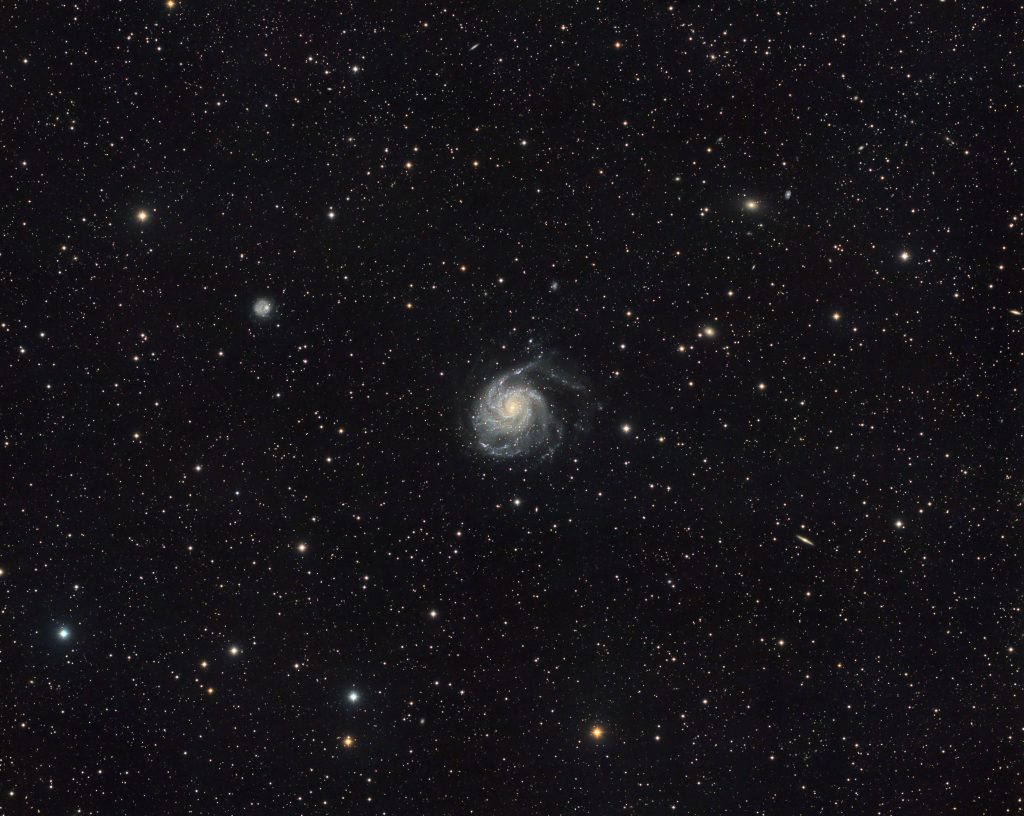
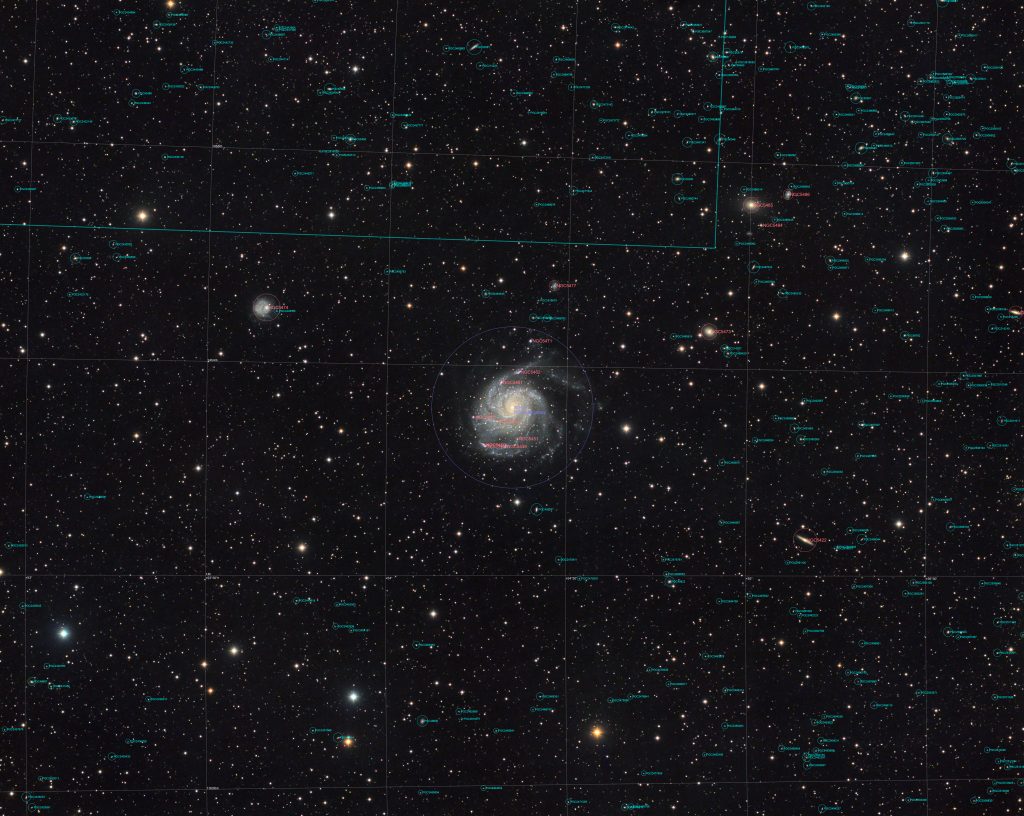
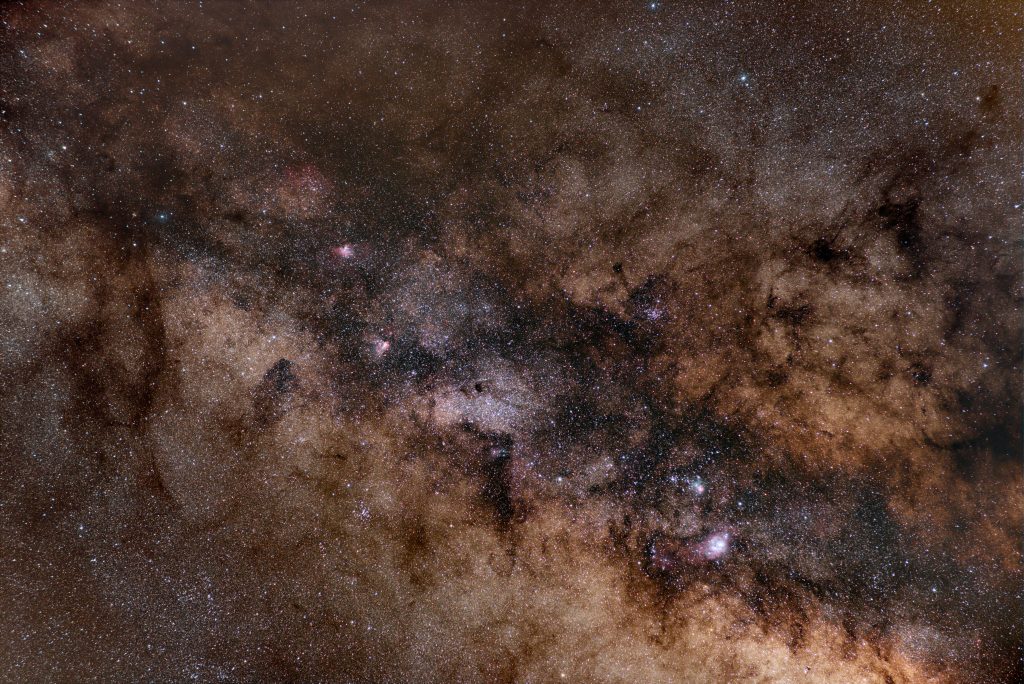
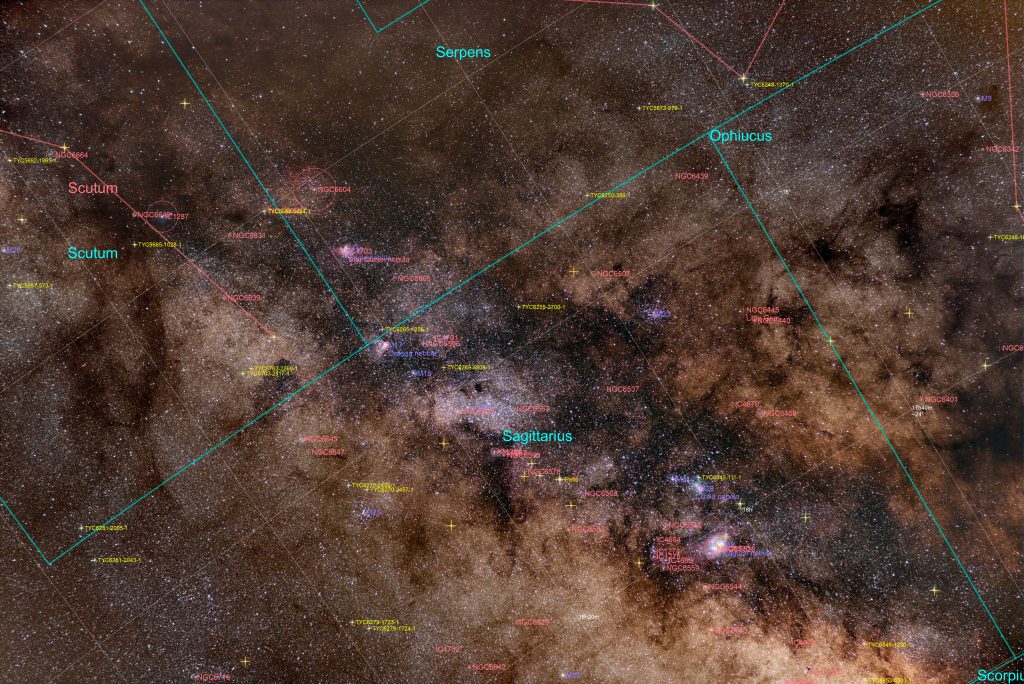
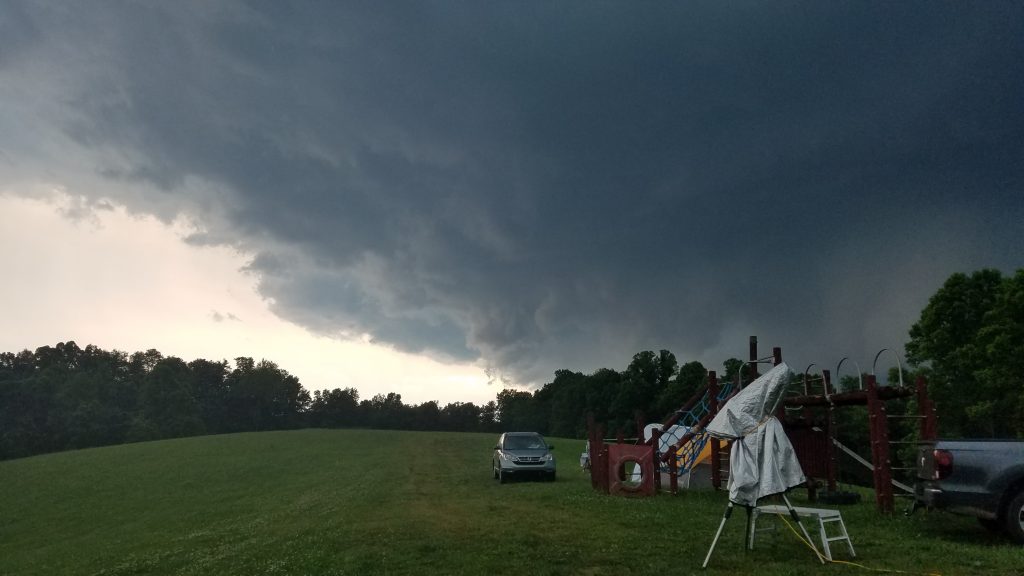
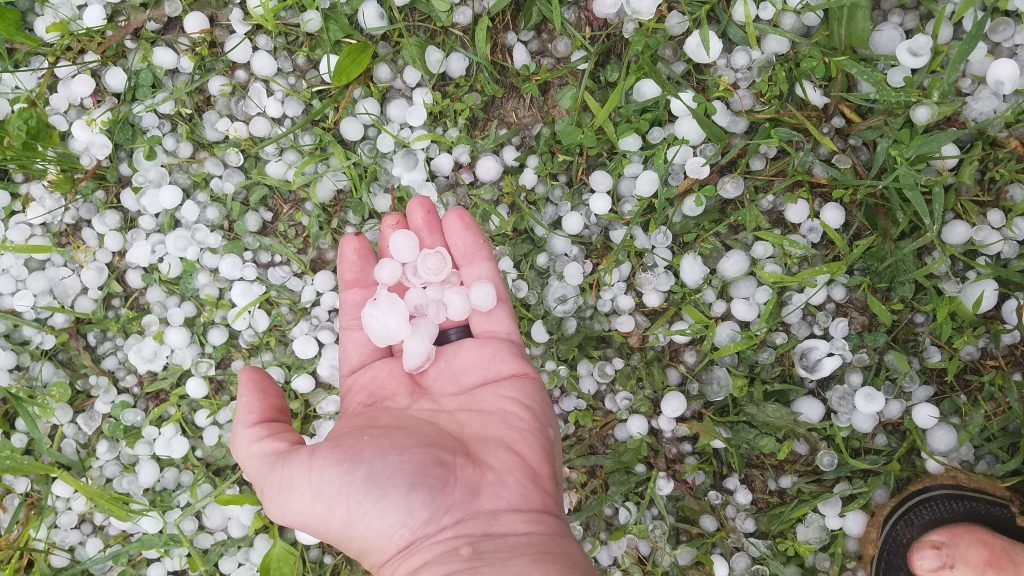
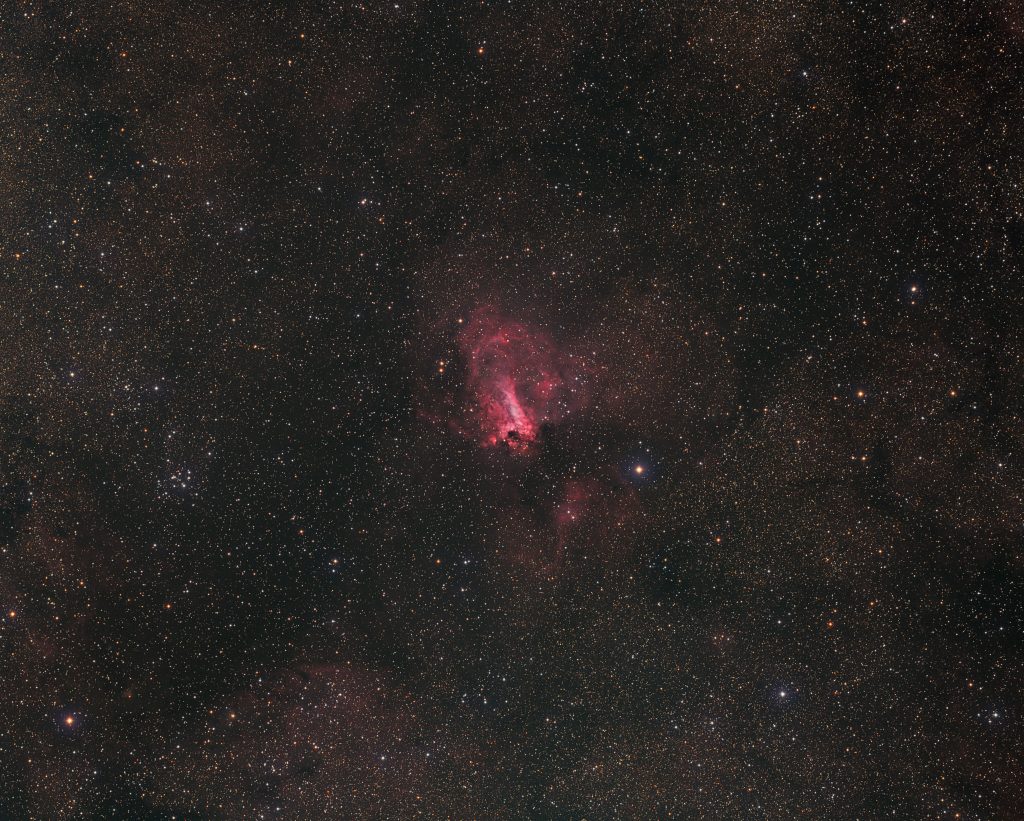
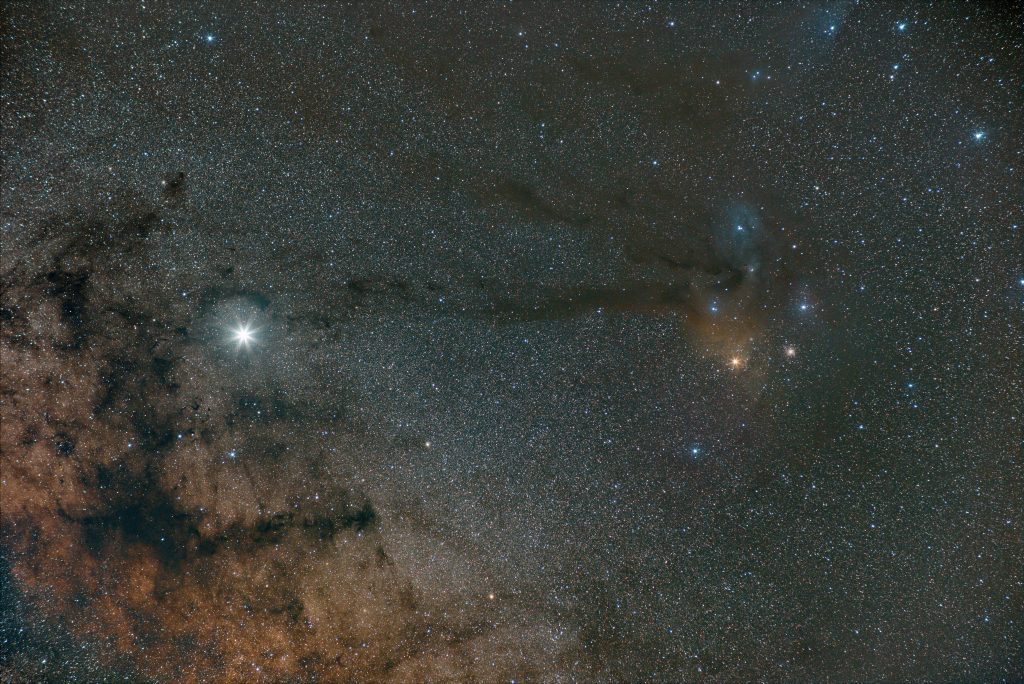

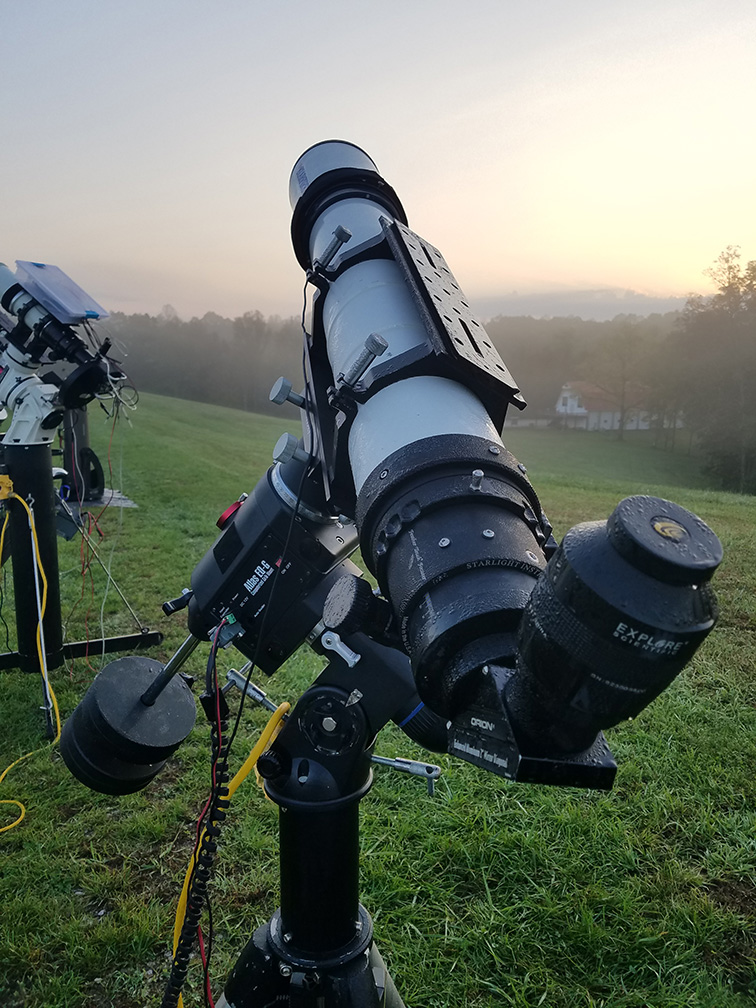
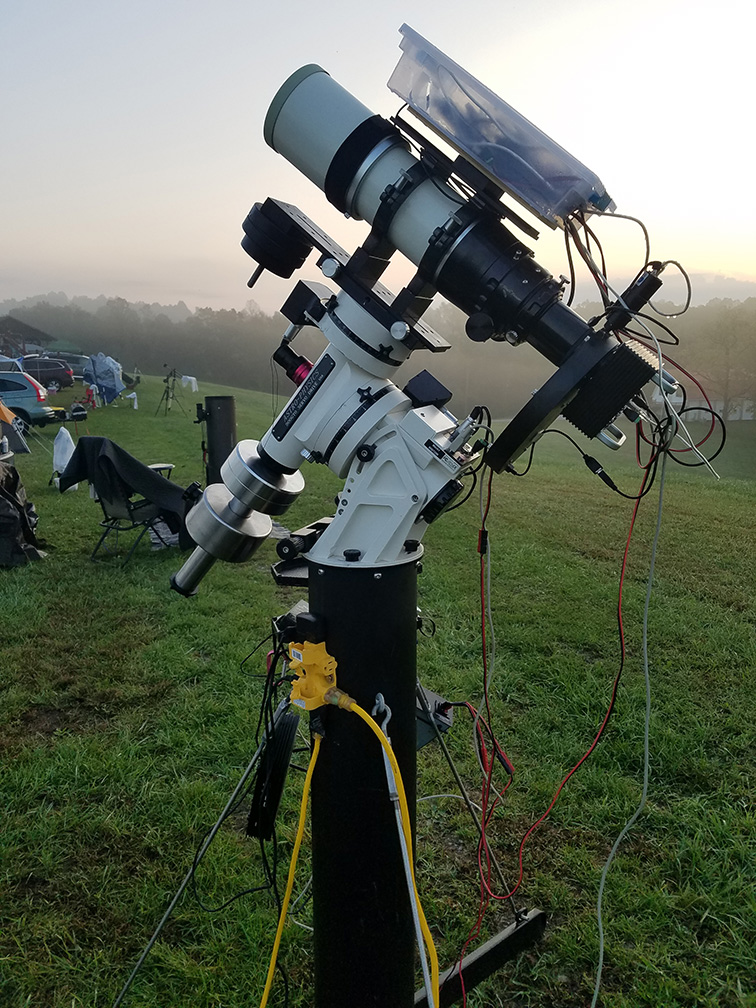
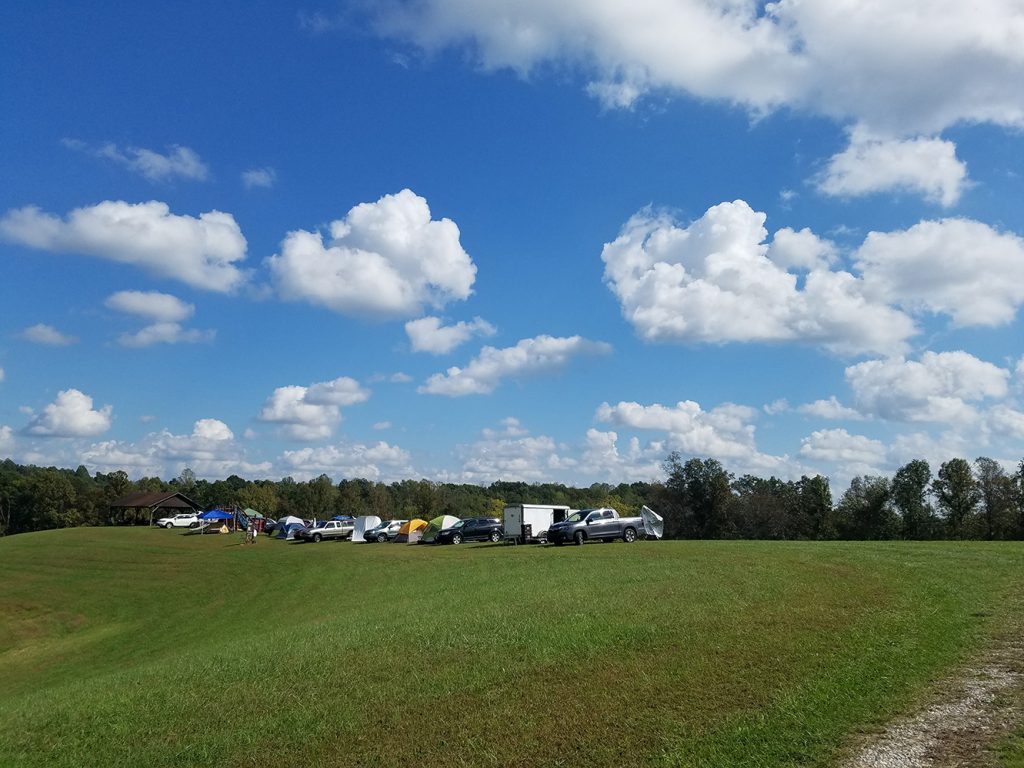
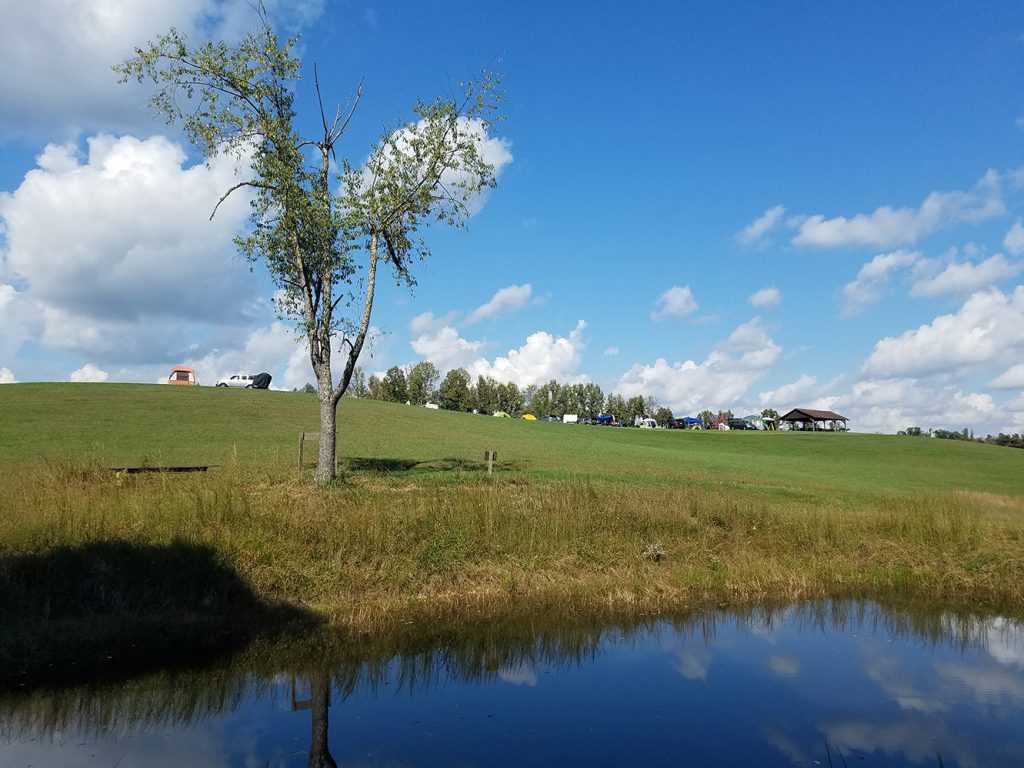
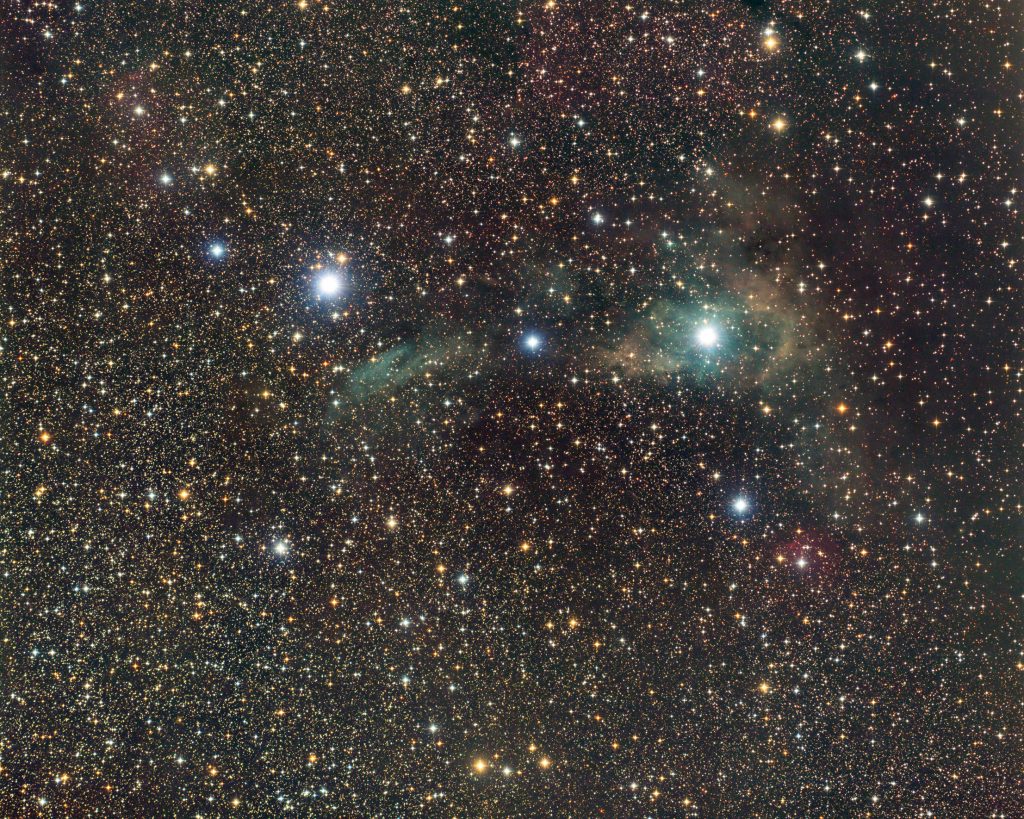









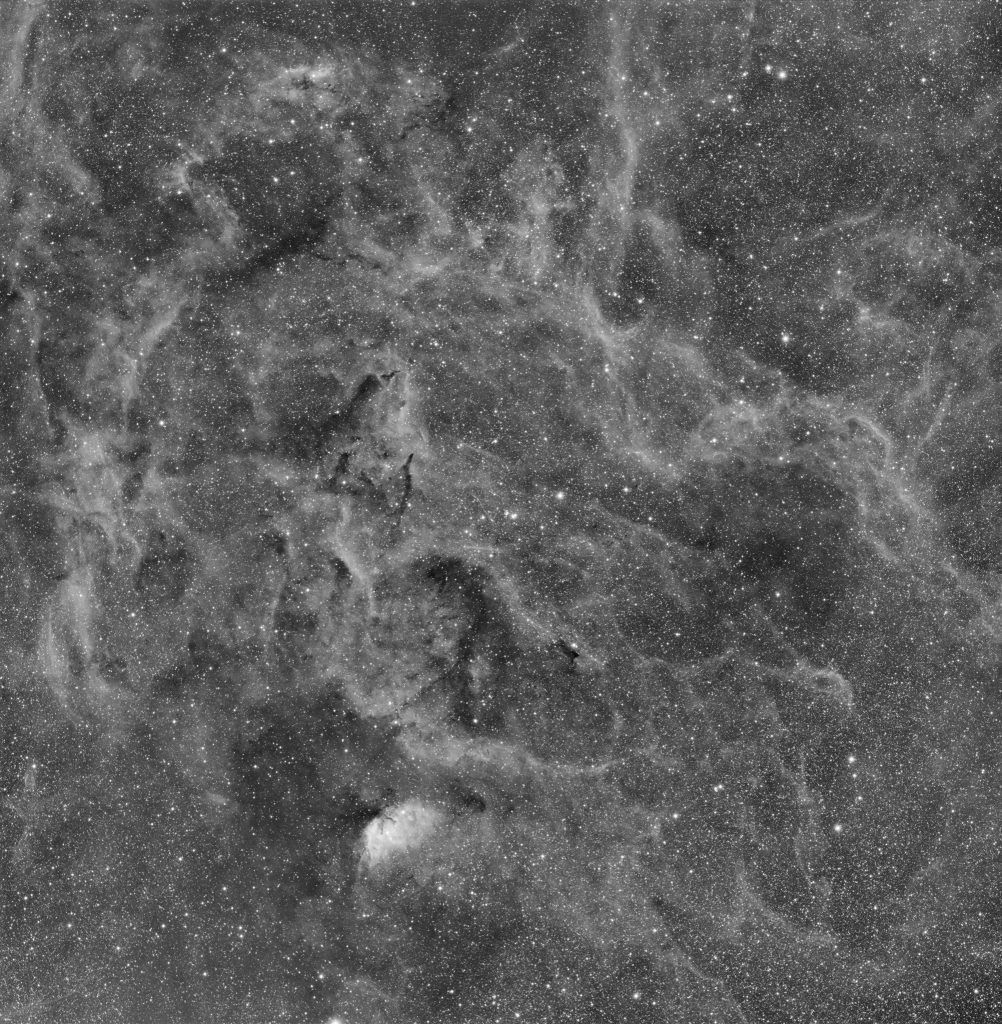
![Cygnus Mosaic Cropped & Reduced to 50% Size. 9 Panels, 1x20min per Ha, O[III], S[II] Channel per panel. Total Time 9 hours. Taken with an Apogee U16M and Tak FSQ-106ED.](http://www.celestial-imaging.com/wp-content/uploads/2015/05/Cygnus-Mosaic-20150531_V2-1024x582.jpg)
